Mahonia - a blooming evergreen frost-resistant shrub with edible fruits. Decorate the garden at any time of the year thanks to beautiful leaves, colors and fruits. Belongs to the barberry family. The indisputable advantages of this plant are decorativeness at any time of the year, unpretentiousness and undepair to soils.
Description of Magonia
- Magonia evergreen is especially decorative thanks to leathery brilliant leaves. On the edge of the sheet isolate.
- Spring shrub of Magonia is covered with inflorescences with numerous yellow small flowers.
- In the fall and winter shrub is very decorative thanks to dark blue fruits with a sideways, resembling grapes. The fruits are edible and useful. Berries can be red, very rarely whitish.
- There are more than fifty species. In the middle lane, two - Magonia Padoliste and Magonia is creeping. Both varieties are good fruit.
- Grows slowly.
- Named in honor of Magon Magon, gardener from America.
- The homeland of shrub is Central and North America, East and South Asia.
Magonia Padoliste
Its name was due to the fact that her gear leaves are similar to the leaves of holly. Autumn foliage is painted in red and purple colors. The height is 1.5 m, the diameter is 1.5 m. Forms a wide dense crown with shiny dark green foliage. Another name is Padurbolis Barbaris.
From the middle of May, Magonia is a puffolisant irresistible! It appears young pinkish green leaves and large-shaped inflorescences with fragrant yellow small flowers. Blossom continues 14 days. Magonia is called a lonelywed shrub for the fragrance of her colors.
At the end of August, the bush was covered with juicy dark blue fruits, sweet-sweet taste.
For the berries of Magonia, similar to the grapes, it is called Paduban grapes.
On this photo of Magonia, her ripe berries are clearly visible.
Sorts: "Apollo", "Smaragd" with bright yellow inflorescences, "Atropurpur" with dark red foliage, "Aurea" with Golden Foliage, Grazilis with an oblong form of leaves and others.
Magonia is crazy
Compared to Padurbolis Magonia, this shrub is lower - up to half a meter. Matte leaves, bluish green. This magony is also evergreen. Flowers yellow flowers, fruits edible fruits.
It received its name due to the fact that it forms many root offspring around them. It is convenient because this kind is easy to multiply by the root siblings, separating them from the parent plant and disembarking into a new place.
Varieties: "Maccarpa" with large fruits and yellow-orange inflorescences, "Rotandidifolia" with a complex form of sheet and others.
Growing Magonia
Caring for Magonia and its cultivation can be even a novice gardener. This drought-resistant bushes will not take much time and even for minimal departure thank fragrant flowers and healthy fruits.
Landing Magonia
Shrub has a powerful root system, produces moisture and nutrients even on poor soils. But the best bloom and fruiting is observed in garden weakness.
Magonia is required to plant in a half. She does not like winds and needs to protect against him with other plants or buildings.
She loves soil, well-holding moisture, but absolutely does not take out water stagnation.
To land, dig a hole 50x50 cm. Place a seedling into it, carefully placing the roots. Putting out the ground mixed with mineral dressing, well seal and pour. The root neck should be located at the ground level. With a group landing, the distance between the individual bushes should be at least 1 meter.
Caring for Magonia
Special care is not required:
- Around the plant you need to remove weeds and loosen the earth.
- During the drought period to water 1 time in 2 weeks at the rate of 10-12 liters per bush.
- In order for the plant better to postpone the winter, in the late autumn cover with a sweetheart or dry leaves. Make it necessary at least for young instances.
- Feed the plants in early spring before flowering by organic or mineral fertilizers.
- The haircut of the plant is carried out immediately after flowering or late autumn. In order for the bush bloom, do not cut off the escape more than half, so that there are at least some of the flower kidney. Otherwise, flowering will not.
- With sanitary trim, the old, weakened and sick shoots are removed.
- Old plants conduct a rejuvenating trimming "on the stump". After that, they quickly restore, a lot of young shoots.
Magonia is rarely ill. Sometimes affected by rust and mildew.
When the brown spots appear on the leaves - rust, it is required to remove these leaves until the fungal disease has spread. With extensive lesions, fungicides are inevitable.
When a white plaque appears on the leaves, stiffs, flowers or fruits - mildew, urgently treat the plant with powdered dew drugs.
Magonia reproduction
Methods of breeding:
- Seeds. You can sow fresh seeds in September. In this case, they will pass natural stratification in the ground. You can sow seeds and spring, but they need advanced three-month stratification at a temperature of +5 ºС. For stratification, you can use the refrigerator door, where the temperature is slightly higher than in the chamber itself. When receiving new magnesium from seeds, the varietal properties of the plant are not saved, because There is a crossing with other types of Magonia.
In reproduction, the seeds of the bush will bloom only for 4-5 years. - Digging. Near the bush to make a small groove, burn the branch there, sprinkle the earth and pinch. The next spring to separate the drains from the maternal plant and immediately fall on a new place. This method is most reliable. The varietal properties of the plant are saved.
- Green cuttings. Cuttings can be taken in spring or summer. Plant into compost and place in a closed container or a stupid. The varietal properties of the plant are saved.
- If there is no opportunity to carefully care for cuttings, you can try using the weird stalls. In this case, they are selected and imprisoned late autumn. The varietal properties of the plant are saved.
- Root offspring. This method is suitable for magnesium giving root siblings, for example, for Magonia Czzuchy. Sibling - Escape, leaving from the underground stem or the root of the maternal bush. With the help of acute shovel, you need to cut off the offspring together with the roots. For Magonia, siblings are better separated at the end of the autumn winter. The varietal properties of the plant are saved.
Magonia in Landscape Design
When planting the site, it is important to remember that the plant of Magonia needs to be shared so that its leaves do not burn out, especially in the spring. Therefore, any kind of shrubs need to be planted under the protection of trees or higher shrubs.
It looks beautifully magonium holling, lined with groups or in the form of neatly trimmed by living hedges.
Magonia creeping beautifully fill the lower tier of higher shrubs. Thanks to its ability to give abundant roasting pigs, it forms decorative evergreen carpets under reliable protection of trees and shrubs.
The bushes can be planted alone, picturesque groups, in the form of a border, in the mountaineering.
The plant is resistant to air pollution, so widely used for landscaping large cities, incl. near lively motorways.
Companions plants: Azalea, Rododendron, Camellia, Magnolia, Pieris, Eric, Gamamemelis, Keria, Springnetsweever bulbous plants.
Application of Magonia
Magonia is a medicinal plant.
Beneficial features:
- Fruits improve blood composition.
- Corre is used to treat skin diseases.
- The root contains Barberin. It is used to treat the gastrointestinal tract, gallbladder, etc.
- The root extract contains a large amount of vitamin C, is used as a sliding agent. It is an antibacterial agent.
- Strengthens the walls of blood vessels.
- It has anticancer properties.
It is easy to prepare a decoction of the root of the plant. It is required to take 2 ppm Dry crushed root, pour 200 ml of boiling water and keep 15 minutes on low heat. The decoction to cool, strain and use three times a day before taking food.
Fruits are used in confectionery, they are tinted with juice. From fruits you can cook, jam, compote, prepare jams.
The fruits moved by sugar are stored until spring in a glass jar. At the same time, vitamin C is preserved in them.
Magonia branches are used in winter bouquets and compositions. In order for the composition for a long time to retain decorativeness, it is covered with a layer of lacquer hair.

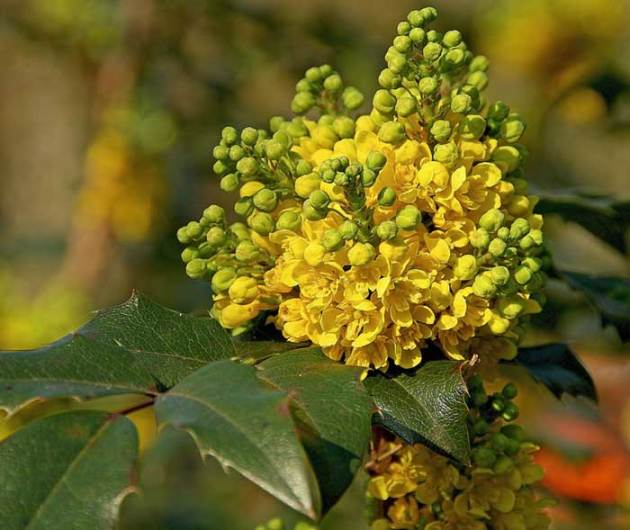
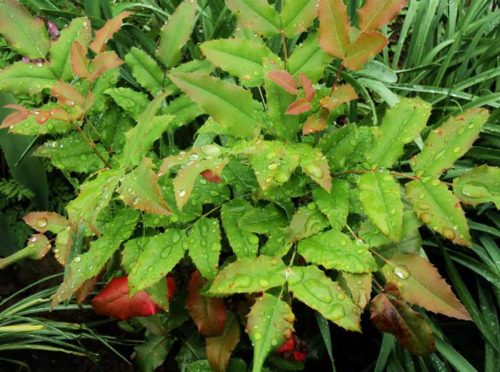
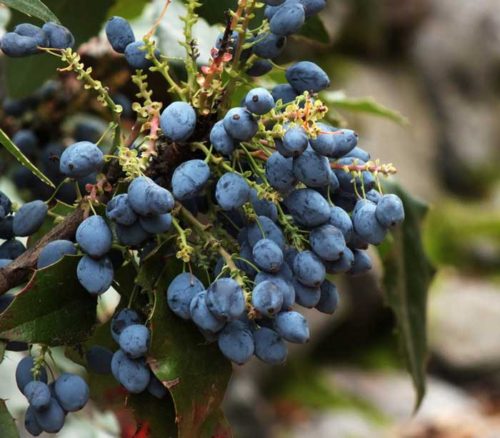
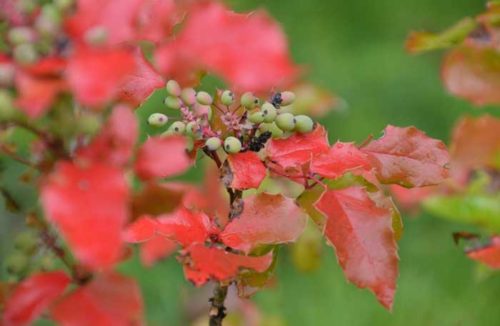
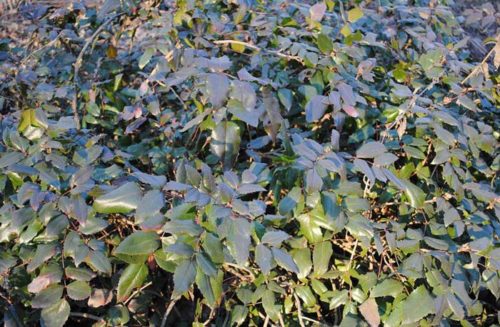
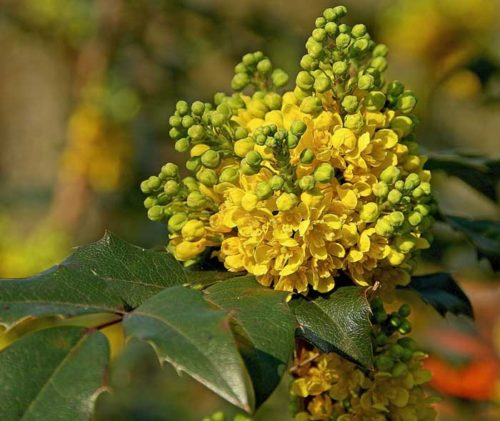
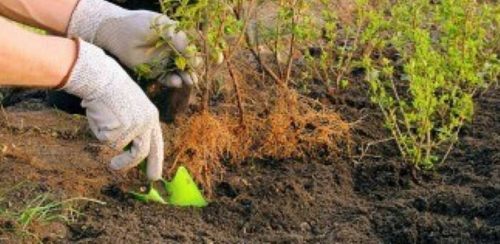
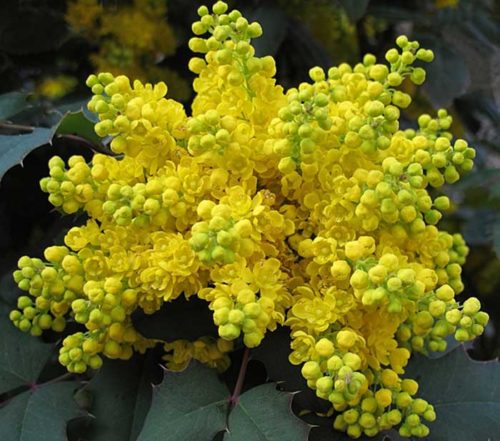
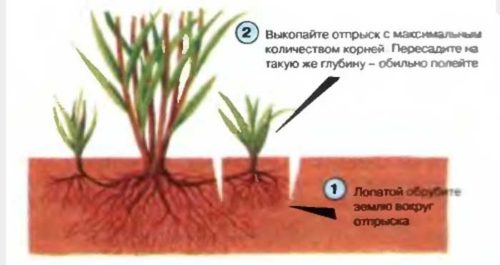
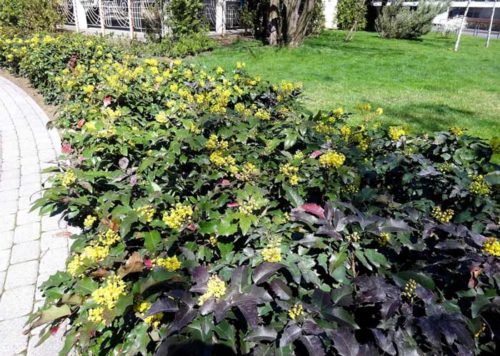
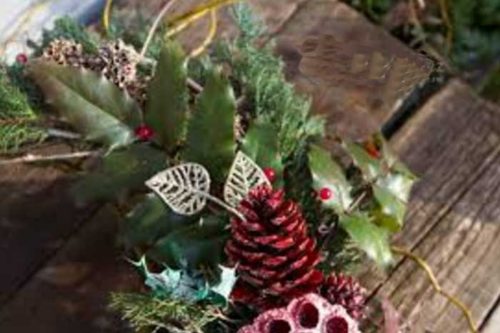





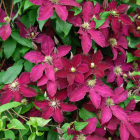
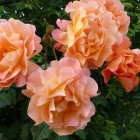

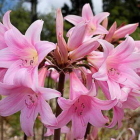
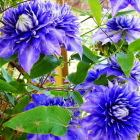
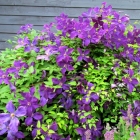
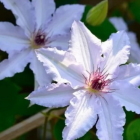
 Start a discussion ...
Start a discussion ...